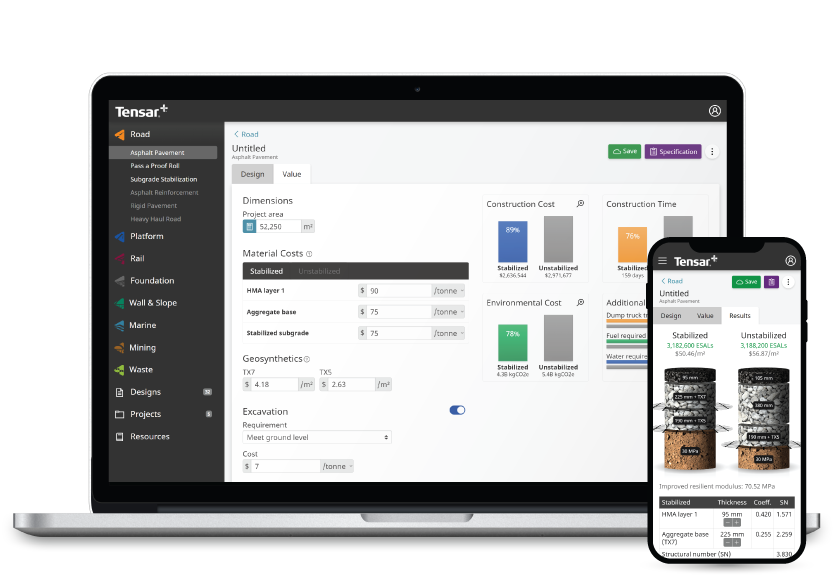What Is An EPD?
Environmental Product Declarations (EPDs) communicate verifiable, accurate environmental information for products and their applications, quantifying the environmental sustainability of products. These documents are independently verified and audited. This information then provides a basis for assessing buildings and other construction works that use those products for their sustainability and reduced impact on the environment.
Why Are EPDs So Important?
Building materials and construction account for 11% of global energy-related carbon emissions. Reducing that environmental impact is becoming more and more important to doing business. EPDs can help promote change across the construction industry by providing transparent, rigorous data that allows specifiers and end users to compare how different products contribute to sustainability goals. EPDs also help manufacturers improve processes and material sourcing, as well as encouraging the re-use and recycling of building materials at the end of their life.
What Do Tensar EPDs Cover?
Our EPDs cover Tensar geogrids and FilterGrids produced at our plant in Morrow, GA. Our Life Cycle Assessment (LCA) is cradle to grave, and covers the environmental impacts associated with extracting and processing the raw materials, transportation and distribution, manufacturing, installation and use, and end-of-life (including recycling and final disposal). This analysis provides you with the data you need to quantify how Tensar products can contribute to your project's sustainability goals.
Learn More About EPDs
Keith Lindemulder, Sustainability Manager at Commercial Metals Company, gave a presentation at Tensar's 2022 InterAxion Conference on EPDs and their importance to the future of construction. Watch his brief presentation to learn more about why EPDs matter.





